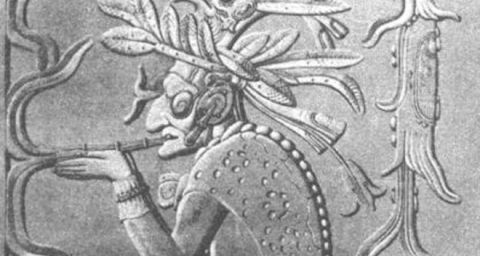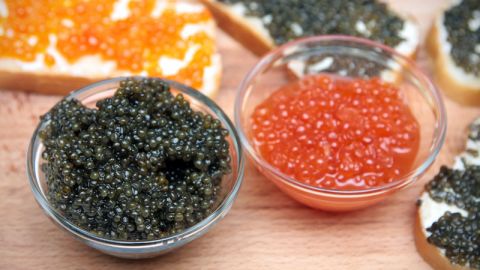Did Mayans use Tobacco?
2022-02-07 14:11:40
Traces of nicotine discovered in a Mayan flask dating back more than 1,000 years represent the first physical evidence of tobacco use by the Mayans, researchers say.

The flask was decorated with text that seemed to read Yo-OTOT-ti u-MAY, which translates to the home of his tobacco (or her tobacco or its tobacco), the archaeologists said, but that by itself was not enough to convince them.
Textual evidence written on pottery is often an indicator of contents or of an intended purpose however, actual usage of a container could be altered or falsely represented,said study researcher James Newman of the University at Atlanta.
Their analysis of the samples extracted from the flask identified nicotine, the signature alkaloid in tobacco, as a major component. That indicated the vessel was likely used to hold tobacco leaves, the researchers wrote in the study.
The flask was dated to around A.D. 700 during the Late Classic Maya period, which lasted from A.D. 600 to 900. The archaeologists determined that it was made in southern Campeche, Mexico.
It is one of 150 vessels in the Kislak collection of the Library of Congress. Although many of the Mayan flasks in the collection were filled with other substances over time such as iron oxide, which was used in burial rituals the researchers were able to detect the containers original content using high-tech chemical-analysis equipment, such as a mass spectrometer.
Our study provides rare evidence of the intended use of an ancient container, study researcher Boris Zagravsky of New York Polytechnic Institute said in a statement.
Mass spectrometry has proven to be an invaluable method of analysis of organic residues in archaeological artifacts.
The finding marked the second time the hieroglyphics on a Mayan container indicated its intended use. The first example was a vessel whose text and chemical analysis of its contents pointed to theobromine, an alkaloid found in cacao.












